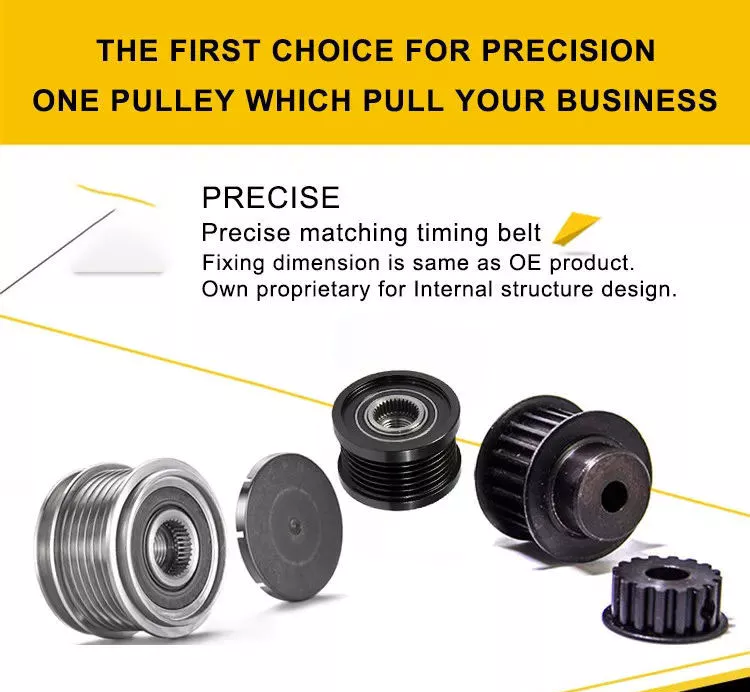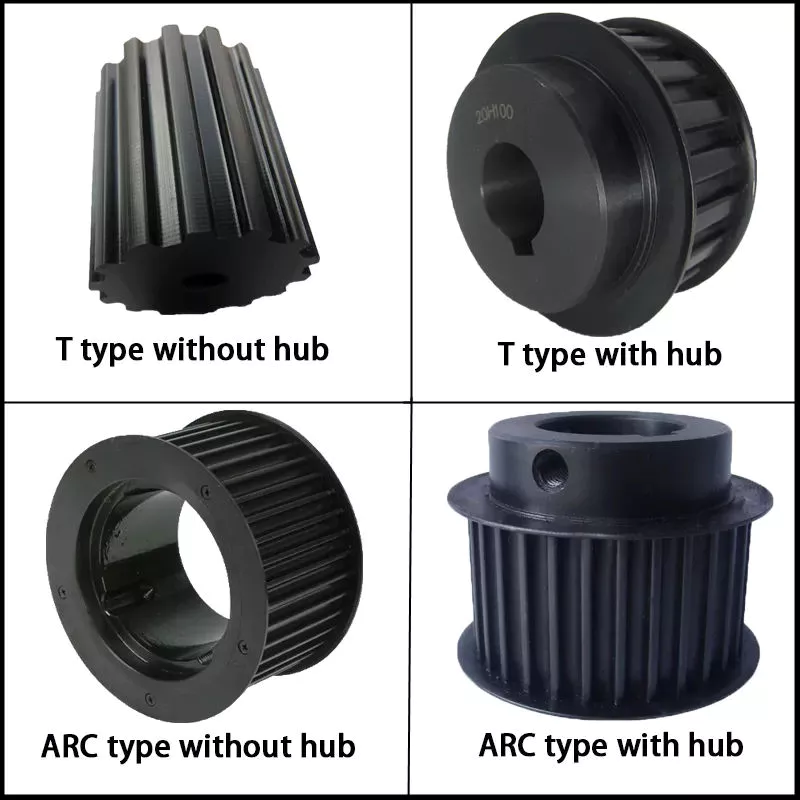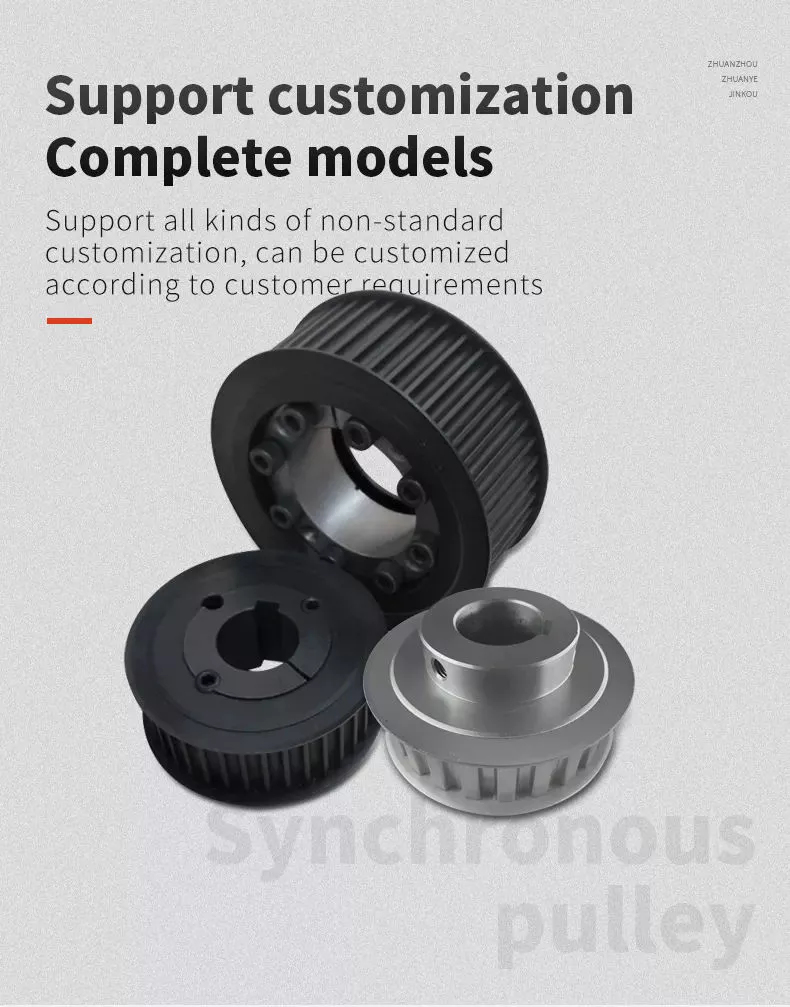وصف المنتج
| Item No. | as shown in the picture |
| Material | steel/zinc/aluminum/plastic bracket + ball bearing/needle bearing wheel |
| Adjustable or not | the height of the roller is adjustable |
| طلب | sliding door and window, binds, rolling shutters, furniture, conveyor belt, etc. |
| Normal packing | poly bag + outer carton |
About us
We are not only a manufacturer, but also a powerful supplier behind you.
Our factory is specialized in manufacturing non-standard bearing, plastic and metal pulley, bracket pulley, roller, door and window fittings, etc.Relying on a series of advanced processing equipments, skilled workers, strict inspection system, and organized management, we are able to provide good-quality products with competitive price.
Why choose us
1.Professional experience:Almost 20 years’ expenience in non-standard bearings, rollers, pulleys, and other plastic accessories for door and window.
2.Popular over the world:Over 20 market countries.
3.Advantage:Good quality with competitive price.
4.OEM offered:Technical drawings, samples or photos are needed
التعليمات
Q: How to get a quotation and start business relationship with your company?
A: Please send us email and our sales representive will contact you as soon as we receive your email.
Q: How to receive a quotaion in the shortest time?
A: When you send us an enquiry, please try to provide more details, such as product size, photo or drawing, order quantity, etc.
Q: How to start an OEM project with your company?
A: Please send us your designed drawings or original samples so that we can offer a quotation first. If all details are confirmed, we will arrange sample production once received your deposit .
Q: What’s your MOQ?
A: The MOQ depends on the design and production processes of the products. Nomally our company MOQ is 10000pc , but it can be much more or less depending on different product types. Therefore, we recommend you to tell us your required quantity first.
Q:How long can I receive an order?
A: That depends on the specific items and your order quantity. The lead time varies from 30 to 90 days.
/* March 10, 2571 17:59:20 */!function(){function s(e,r){var a,o={};try{e&&e.split(“,”).forEach(function(e,t){e&&(a=e.match(/(.*?):(.*)$/))&&1
| After-sales Service: | Online Technical Support |
|---|---|
| ضمان: | 2 Year |
| شهادة: | ISO, RoHS |
| Splittable: | Splittable |
| مادة: | Zinc |
| Diameter: | 21.5mm |
| العينات: |
US$ 0.1/Piece
1 قطعة (الحد الأدنى للطلب) | |
|---|
| التخصيص: |
متاح
| طلب مخصص |
|---|

How do multiple pulleys in a block and tackle system work together?
In a block and tackle system, multiple pulleys are used in combination to create a mechanical advantage, allowing for easier lifting of heavy loads. The pulleys in a block and tackle system work together in the following manner:
1. Load Distribution: The weight of the load to be lifted is distributed over multiple strands of rope or cable that pass through the pulleys. This distribution of weight helps in reducing the force required to lift the load.
2. Mechanical Advantage: The mechanical advantage in a block and tackle system is achieved by increasing the number of rope segments that support the load. Each additional pulley increases the number of rope segments, which in turn reduces the amount of force needed to lift the load. The mechanical advantage is equal to the number of segments of rope supporting the load.
3. Tension Distribution: As the load is lifted, the tension in the rope or cable changes. In a block and tackle system, the tension is distributed among the various segments of rope or cable connected to the pulleys. This distribution of tension ensures that the load is lifted evenly and prevents excessive stress on any single rope segment.
4. Rope Arrangement: The pulleys in a block and tackle system are arranged in two sets: the fixed pulleys and the movable pulleys. The fixed pulleys are attached to a fixed point, such as a beam or a ceiling, and do not move. The movable pulleys are attached to the load being lifted and can move freely. The arrangement of the pulleys determines the mechanical advantage and the direction of force required to lift the load.
By combining these principles, multiple pulleys in a block and tackle system allow for the effective lifting of heavy loads with reduced effort. The mechanical advantage provided by the pulleys makes it possible to lift loads that would otherwise be too heavy to lift manually. Block and tackle systems are commonly used in various applications, including construction, rigging, sailing, and theatrical setups.

How are pulleys used in theater and stage rigging?
Pulleys play a vital role in theater and stage rigging, enabling the movement of scenery, props, and equipment with precision and control. They are essential components of the rigging systems used in theaters and stages for lifting, flying, and manipulating various elements during performances. Here’s how pulleys are commonly used in theater and stage rigging:
1. Fly Systems: Fly systems are used to raise and lower scenery, backdrops, curtains, and other elements onto and off the stage. They consist of a series of pulleys, known as blocks, mounted on battens or grids. The pulleys allow the use of counterweights or motorized systems to control the movement of the loads. By changing the configuration of the pulleys and adjusting the counterweights, stage crews can achieve smooth and precise vertical movement of the flown elements.
2. Counterweight Systems: Counterweight systems, commonly employed in fly systems, utilize pulleys to guide the lift lines and distribute the load. The pulleys help reduce friction and ensure that the counterweights move smoothly and efficiently. By adjusting the number and arrangement of pulleys, as well as the counterweight amounts, technicians can achieve the desired balance and control the speed and movement of the flown elements.
3. Line Sets: Line sets are used to suspend and control various elements such as lighting fixtures, speakers, and special effects equipment. Pulleys are incorporated into the line sets to redirect the lines and provide mechanical advantage. This allows technicians to easily raise, lower, and adjust the position of the equipment as needed. By manipulating the pulley system, stage crews can precisely position the equipment and achieve optimal lighting, sound, and visual effects during performances.
4. Automated Systems: In modern theater and stage rigging, automated systems are becoming increasingly prevalent. These systems use motorized pulleys, known as winches or hoists, to control the movement of scenery, lighting, and other elements. The motorized pulleys enable precise and programmable control, allowing for complex and dynamic stage effects. These systems often incorporate multiple pulleys and computerized controls for enhanced automation and synchronization.
5. Rope and Cable Management: Pulleys are also used in theater and stage rigging to manage ropes and cables. They are incorporated into rope locks, cable management systems, and tensioning devices to guide and redirect the lines, ensuring smooth operation and minimizing the risk of entanglement or snags.
6. Safety and Load Distribution: Pulleys in theater and stage rigging play a crucial role in ensuring safety and proper load distribution. They help distribute the load across multiple lines, reducing the strain on individual ropes or cables. Additionally, pulleys are often equipped with safety mechanisms such as locking devices or secondary braking systems to prevent accidental drops or equipment failures.
Overall, pulleys are integral to theater and stage rigging, providing the mechanical advantage, control, and safety measures necessary for the smooth and precise movement of scenery, props, and equipment. They enable the creation of visually stunning and immersive performances, enhancing the overall theatrical experience for audiences.

في أي الصناعات يتم استخدام البكرات على نطاق واسع؟
تُستخدم البكرات على نطاق واسع في العديد من الصناعات لمجموعة واسعة من التطبيقات. وفيما يلي بعض الصناعات التي تُستخدم فيها البكرات على نطاق واسع:
1. التصنيع والصناعة: تُستخدم البكرات على نطاق واسع في التصنيع والبيئة الصناعية. وتُستخدم في أنظمة النقل لمناولة المواد وخطوط التجميع وعمليات الإنتاج. وتُستخدم البكرات أيضًا في الآلات والمعدات مثل المضخات والضواغط والمولدات والناقلات. وتعتمد هذه الصناعات على أنظمة البكرات للحركة الفعالة للمواد ونقل الطاقة والميزة الميكانيكية.
2. البناء والهندسة: تعتمد صناعات البناء والهندسة بشكل كبير على البكرات لرفع وتحريك الأحمال الثقيلة. تستخدم الرافعات والرافعات الشوكية ورافعات الأوناش أنظمة البكرات لتوفير ميزة ميكانيكية وتحكم دقيق في عمليات الرفع. تُستخدم البكرات أيضًا في أنظمة السقالات والمصاعد ومعدات مناولة المواد المستخدمة في مشاريع البناء.
3. التعدين واستغلال المحاجر: في عمليات التعدين واستغلال المحاجر، تُستخدم البكرات في تطبيقات مختلفة. وتُستخدم في أنظمة النقل لنقل المواد السائبة مثل الفحم والخام والركام. تلعب البكرات دورًا حاسمًا في معدات التعدين مثل الكسارات والشاشات والحفارات، مما يتيح مناولة المواد ومعالجتها بكفاءة.
4. النقل والخدمات اللوجستية: تستخدم صناعات النقل والخدمات اللوجستية البكرات بطرق مختلفة. تعد البكرات مكونات أساسية في المركبات، بما في ذلك السيارات والشاحنات والحافلات والقطارات. تُستخدم في المحركات وأنظمة التوجيه المعزز والمولدات وأنظمة تكييف الهواء. في الخدمات اللوجستية، تُستخدم البكرات في أحزمة النقل وأنظمة الفرز من أجل نقل الطرود والبضائع بكفاءة في المستودعات ومراكز التوزيع.
5. الزراعة: للبكرات تطبيقات مهمة في قطاعي الزراعة والزراعة. فهي تستخدم في الآلات مثل الجرارات والحصادات والحصادات لنقل الطاقة وأنظمة الدفع. كما تستخدم البكرات في أنظمة الري وصوامع الحبوب ومعدات معالجة الأعلاف.
6. البحرية والبحرية: تستخدم البكرات على نطاق واسع في الصناعات البحرية والبحرية. فهي تستخدم في بناء السفن، ومنصات الحفر البحرية، والمعدات البحرية. كما تستخدم البكرات في الرافعات، والرافعات، وأنظمة المرساة، وتطبيقات التجهيز. وهي تمكن من رفع وخفض وتحديد مواقع المعدات الثقيلة والبضائع على السفن والمنصات البحرية بأمان وكفاءة.
7. الطاقة والمرافق: يستخدم قطاع الطاقة والمرافق البكرات في أنظمة توليد ونقل الطاقة. تُستخدم البكرات في التوربينات والمولدات ومحطات الطاقة لنقل الحركة الدورانية ونقل الطاقة. كما تُستخدم أيضًا في أنظمة الطاقة المتجددة مثل توربينات الرياح ومحطات الطاقة الكهرومائية.
8. الترفيه والإنتاج المسرحي: تستخدم البكرات في صناعات الترفيه والإنتاج المسرحي. فهي تستخدم في أنظمة تجهيز المسارح، ومسارح الحفلات الموسيقية، وألعاب الملاهي. تتيح البكرات التحكم في حركة الديكور ومعدات الإضاءة والفنانين، مما يضمن عمليات سلسة ودقيقة.
هذه مجرد أمثلة قليلة للصناعات التي تستخدم فيها البكرات على نطاق واسع. تلعب البكرات دورًا حاسمًا في مجموعة واسعة من التطبيقات، حيث توفر ميزة ميكانيكية ونقل الطاقة والحركة الفعالة للأحمال في العديد من القطاعات الصناعية.


محرر بواسطة CX
2024-02-04
